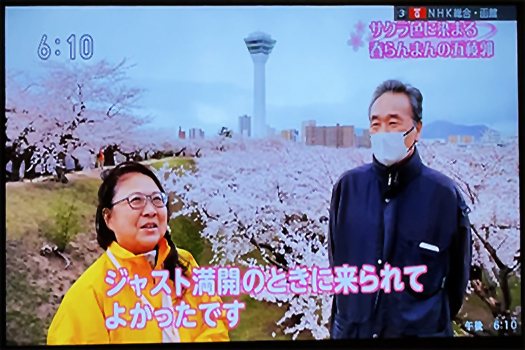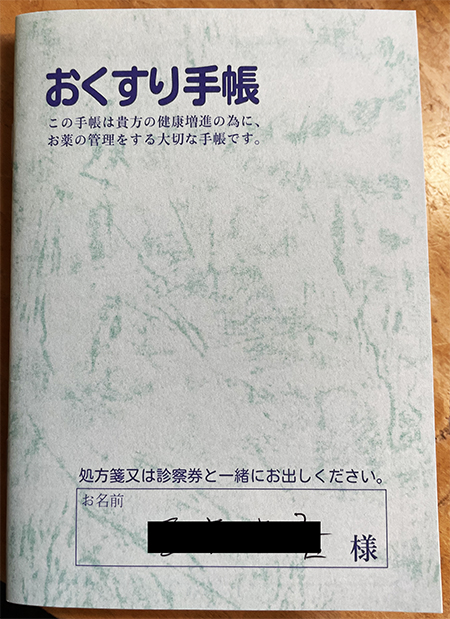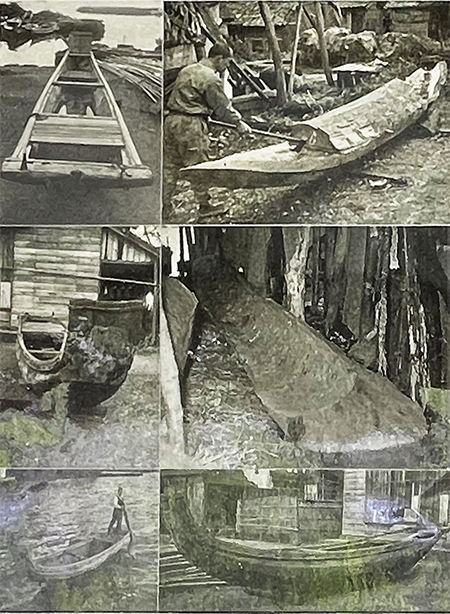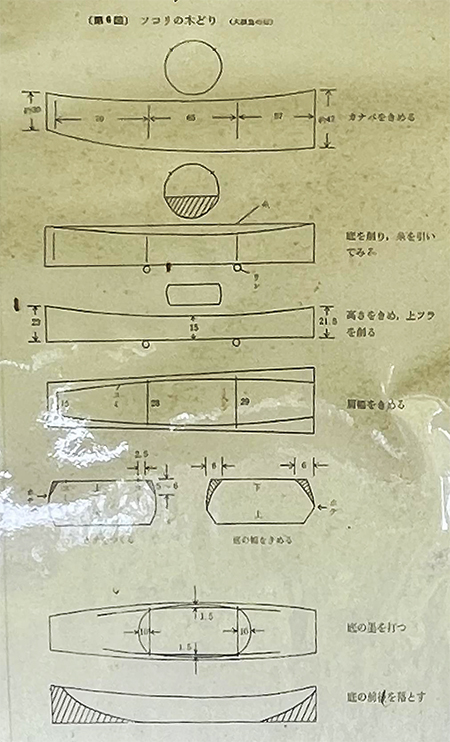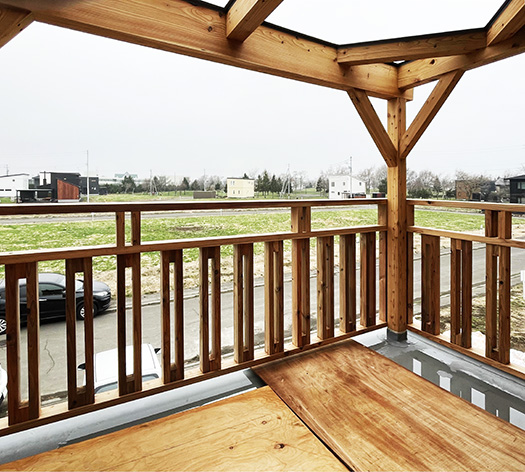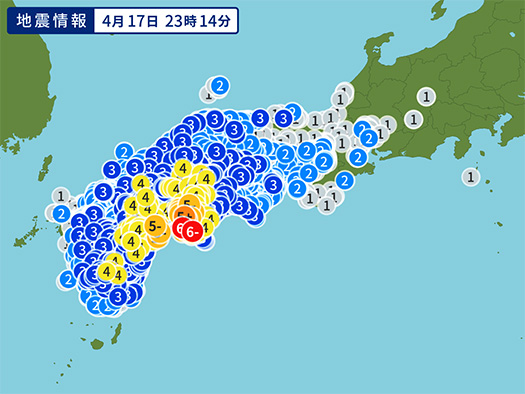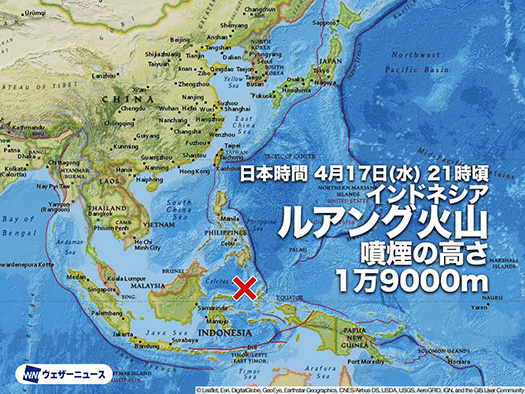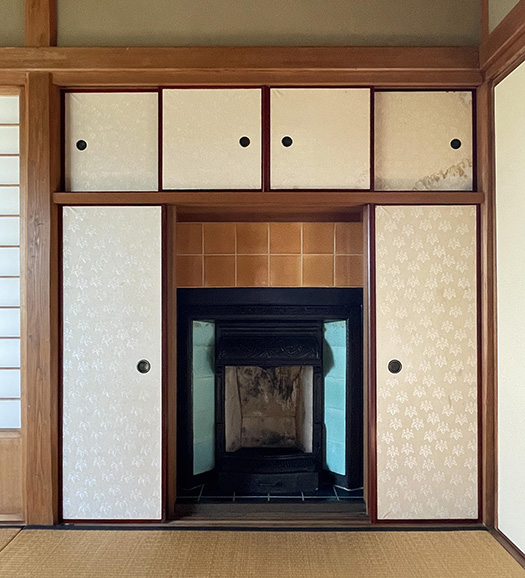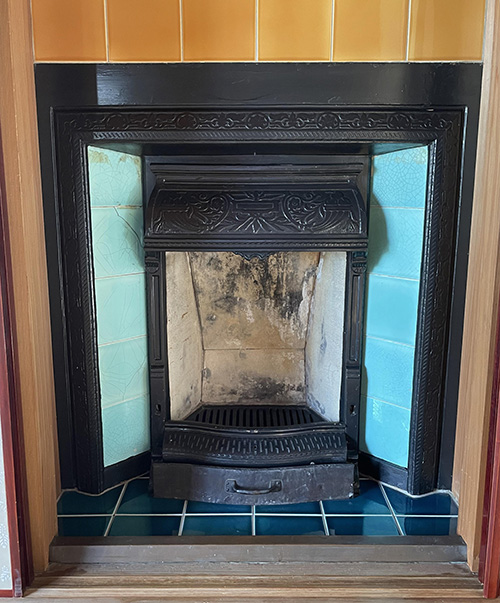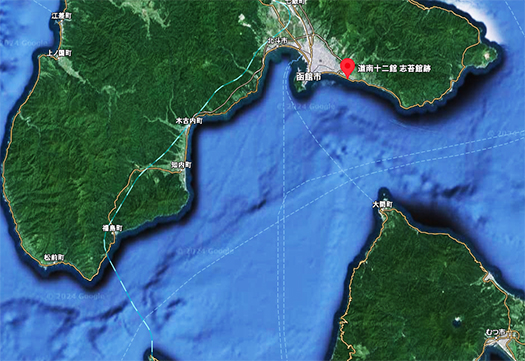
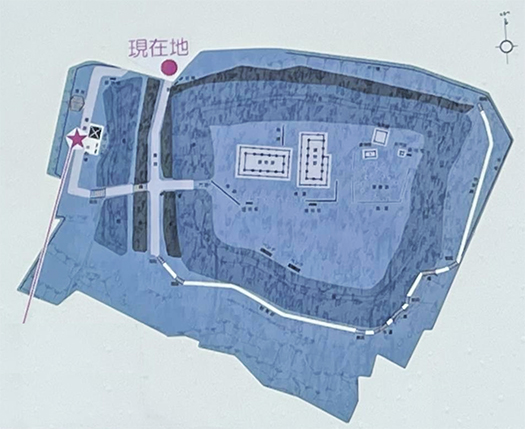

道南の観桜旅ですが、わたしとしては歴史数寄の血がどうしても騒ぐ。北海道人だけれど、道南・函館はいろいろな日本史との交流が確認できる場所が多いのですね。
以前にも来訪しているけれど、いまは函館市志海苔町にある志苔館を再訪。Wikiの記述では以下の通り。〜志苔館(しのりたて)は、北海道函館市にあった中世城館(日本の城)。小林氏によって築かれたとされる道南十二館のひとつ。国の史跡に指定されている。〜その小林氏とは、
〜出典は道南十二館の謎 p202-203、函館市史通説編第1巻 p335-336、p330-331より。
初代 – 小林太郎左衛門尉良景 – 先祖は万里小路藤房に仕え、祖父の小林次郎重弘の時に蝦夷島(北海道)に渡った。
二代 – 小林彌太郎良定
三代 – 小林三郎右衛門良治〜
という一族とされ、松前藩の記録では、1456年にアイヌの蜂起があって攻め落とされた。しかしその後も小林氏が居館として続いたとされるが、1512年にふたたびアイヌ蜂起で陥落し、館主の小林彌太郎良定が討ち死にしたとされる。その後、小林氏は松前藩に従属して志苔館は廃館となった。〜
北海道に渡って来たのは、南北朝の争乱期で南朝方の勢力であって、青森県地域での戦争の結果として北海道に逃れてきた、というようなのです。
この訪問のあと、訪れた「石崎地主海神社」での説話談では、神社の創建自体、この小林氏との強い結びつきがあったとされ、事実、そういう社も祀られていた。
「館」という名称だけれど、規模は東西70-80m、南北50-60m。約4,100㎡の広さがある。中世城館というにふさわしい。立地環境は、函館中心部から東に9km。標高25mほどの海岸段丘南端部に位置。対岸の下北半島を一望することができる。やはり遠望できる地域での争闘に敗れて、再起を目指してこの道南の地に逃れてきた状況を推認させられる。しかし、アイヌの蜂起によって2度までも落城しているので、地形的には決定的な弱点を持っていたことは間違いがない。
しかしこの規模の居館を維持し続けてきたことを考えれば、一定の勢力を涵養する経済力は維持し続けていたことになる。それがどういった経済構造によるものか、興味をもつ。武士層の南北朝騒乱とは結局、一所懸命の土地、コメ生産手段の獲得が最大の起動力であったことを考えれば、当時は米作の不適地・北海道ではたぶんアイヌとの「交易利権」に依存したに違いない。2度にわたって蜂起にあったということは、相当悪辣な交易を行っていたことが想像できる。
600年くらい以前の北海道島の状況、そしてそこからの人びとの歩み、興味深い。
English version⬇
Hakodate “Shikokan” of the Kobayashi clan, a warrior family of the Southern Dynasty in the 1400s.
This is a historical site in southern Hokkaido that traces back the “history” of the island. The traces are clearly preserved, including the records and traditions of the Ishizaki Jishukai Shrine, which continue to the present day. The Shikokeikan is located in the southern part of Hokkaido Island.
This is a cherry blossom viewing trip in southern Hokkaido, and as for me, I can’t help but get my historical blood boiling. Although I am a Hokkaido native, there are many places in Southern Hokkaido and Hakodate where I can confirm my interactions with various aspects of Japanese history.
I have been here before, but now I am revisiting Shikokan in Shikonori Town, Hakodate City. 〜Shikoritate was a medieval castle complex (castle in Japan) in Hakodate, Hokkaido, Japan. It is one of the Twelve Buildings of Southern Hokkaido, said to have been built by the Kobayashi clan. It is designated as a national historic site. 〜Who is the Kobayashi Clan?
〜Source: Mysteries of the Twelve Buildings of Donan, p. 202-203, Hakodate City History, Vol. 1, p. 335-336, 330-331.
I – Kobayashi Tarozaemon Yoshikage – Ancestor served under Marikoji Tobo, and went to Ezo Island (Hokkaido) when his grandfather Kobayashi Jiro Shigehiro was born.
2nd generation – Yataro Yoshisada Kobayashi
The third generation – Saburoemon Ryoji Kobayashi
According to the records of the Matsumae clan, the Kobayashi clan was attacked and defeated by the Ainu uprising in 1456. However, the Kobayashi clan is said to have continued to maintain their residence there until 1512, when it fell to the Ainu uprising once again, and the lord of the estate, Yataro Yoshisada Kobayashi, was killed in action. After that, the Kobayashi clan was subordinated to the Matsumae clan and Shikokan was closed. ~.
It seems that the people who came to Hokkaido were the forces of the Southern Court during the period of conflict between the Northern and Southern Dynasties, and fled to Hokkaido as a result of the war in the Aomori area.
According to the story told at the Ishizaki Jishu Kaijinsha Shrine, which I visited after this visit, the shrine itself was founded with strong ties to the Kobayashi clan, and in fact, such a shrine was also enshrined there.
Although the shrine is called “yakata,” it measures 70-80 m east to west and 50-60 m north to south, and has an area of about 4,100 m2. It is a medieval castle house. The site is located 9 km east of central Hakodate on the southern edge of a coastal terrace about 25 m above sea level. It commands a panoramic view of the Shimokita Peninsula on the opposite shore. It can be inferred that the Ainu people fled to this southern part of Hokkaido in an attempt to regain their independence after losing a battle in the area from which they could see a long distance. However, the castle was destroyed twice by the Ainu uprising, so there is no doubt that it had a decisive weak point in terms of topography.
However, considering the fact that it has continued to maintain a residence of this size, it must have continued to maintain the economic power to cultivate a certain level of strength. It would be interesting to know what kind of economic structure was responsible for this. The fact that the samurai class was involved in two uprisings suggests that they were engaged in quite vicious trade with the Ainu. The fact that they were involved in two uprisings on two separate occasions suggests that they were engaged in quite vicious trade.
It is interesting to learn about the situation on Hokkaido Island before about 600 years ago, and the progress of the people from there.
Posted on 4月 26th, 2024 by 三木 奎吾
Filed under: 歴史探訪 | No Comments »


